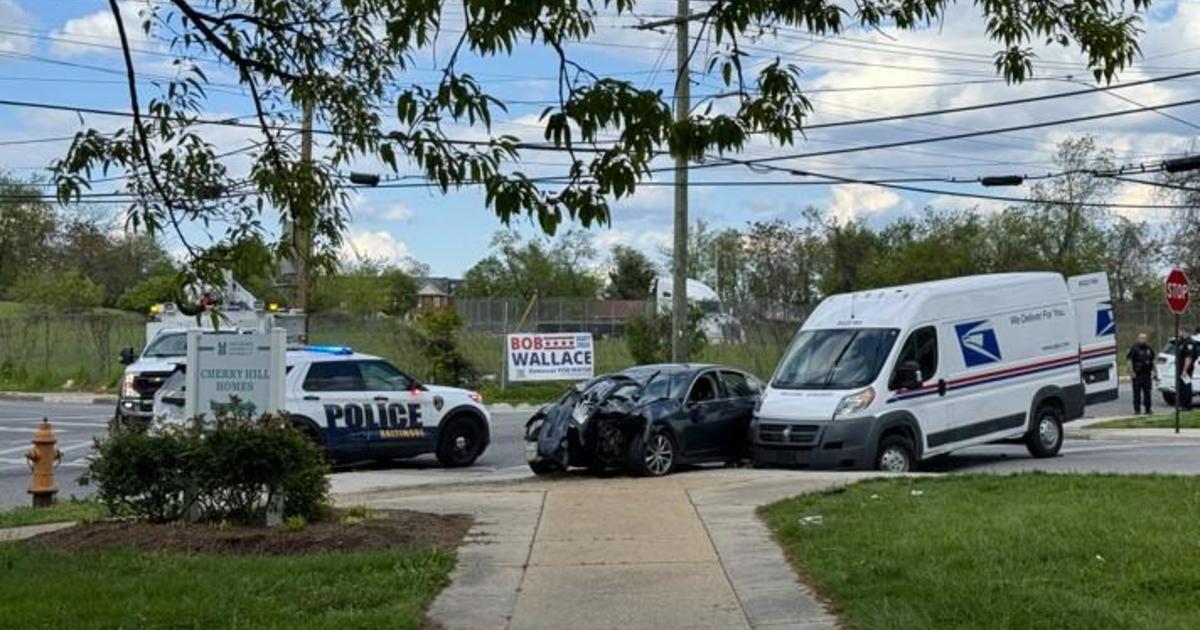Lead-Paint Bill Would Let Baltimore Sue for Past Damages
JACK CHAVEZ, Capital News Service
ANNAPOLIS, Md. (AP) — Bills that would hold accountable those whose products cause lead poisoning, and taking lead out of drinking water, are moving through legislative committees in the Maryland General Assembly this session.
The House Judiciary Committee heard testimony Wednesday on a bill that would allow plaintiffs — ostensibly the city of Baltimore and landlords — to broadly sue manufacturers of lead-based paint for property or economic damages caused by the presence of lead-based paint in residential buildings.
Baltimore in particular would be able to recoup any costs the city has committed to abatement — fixing actual damages and funding educational programs in particular. Lead exposure in young children is linked to developmental delays, learning difficulties, weight loss, hearing loss and abdominal pain.
According to written testimony from Karen Stokes, director of government relations under Baltimore City Mayor Catherine Pugh, Baltimore City has seen a 98 percent increase in children testing positive for elevated blood levels related to lead paint poisoning since 1993.
CNS reported in 2015 that exposure to lead was the most significant and widespread environmental threat to children's health in Maryland, according to a report by the Maryland Department of Environment released in July of that year.
The Maryland Lead Poisoning Recovery Act would expand the grounds on which a plaintiff could sue a manufacturer of lead paint.
Opponents say the bill will compromise due process.
"This legislation would bring about an unwarranted, unfair, and unwise change to Maryland's system of justice," attorney Antonio Dias said on behalf of paint manufacturing company Sherwin Williams in a written statement to the committee. "In Maryland, a party may be held liable only for harm that the party caused. (This bill) would obliterate this fundamental principle by forcing liability on a manufacturer, even where there is no evidence (the manufacturer is responsible)."
Under the act, a plaintiff would have to prove that damages were caused by lead-based paint, that the manufacturer produced the paint, and that the manufacturer "breached a legally recognized duty" to the plaintiff in the process of "selling, manufacturing, promoting, or distributing" the tainted paint, according to a state fiscal analysis.
The bill does not apply to claims of personal injury or death, and can only be applied to the actual manufacturers of lead-based paint.
Proponents of the bill, like attorney and former Maryland politician John Pica, say the burden of proof to connect a specific manufacturer to a case of lead poisoning is extremely difficult, and defendants aren't often held accountable.
"The whole problem with suing a paint manufacturer is you have to prove your case," Pica told the University of Maryland's Capital News Service. "In order to do that you have to (prove) that the defendant caused the injury. Lead paint wasn't banned until 1978, (if your house is older than that) you have to find out who put the paint on the house (and which manufacturer's paint they were using) and that's impossible to do."
This bill takes a different approach at holding paint manufacturers accountable by "relaxing the rules of causation," as Pica put it.
"In the past, legislation has always taken a personal injury perspective. This does not," bill sponsor Delegate Nick Mosby, D-Baltimore, told the Baltimore City Delegation on Friday. "What this does is allow the city of Baltimore (and landlords) to sue the manufacturers of the lead-paint poisons so we can finally abate (the problem). We can continue to talk about what we should do and how we should do it, but today a child will be impacted by lead paint poison."
If the committee votes favorably, the bill will move on to the House of Delegates. A companion bill, SB 542, sponsored by Sen. Joan Carter Conway, D-Baltimore, is making its way through the state Senate.
In other lead-related measures going through the legislature this session, the House Environment and Transportation committee discussed multiple bills on Feb. 24 that would direct the Department of the Environment to begin investigations into the cause of elevated blood lead levels in children across the state by Oct. 1, 2018.
According to a report released in 2016 by the Baltimore City Department of Public Works, two out of 52 homes tested contained "action level" amounts of lead in their water, or at least 15 parts per billion, as defined by the United States Environmental Protection Agency.
The Department of Public Works defines 1 part per billion as "the same as one drop in 10,000 gallons of water."
Baltimore City's water distribution mains are made of either concrete or iron, according to the report, and do not contain lead. However, water can become contaminated if it passes or stands in plumbing fixtures that do contain lead.
"Action level" indicates that further treatment efforts and public education initiatives must be taken. Maryland already has programs to educate about lead poisoning, and officially recommends that children born in 2015 or later get tested for elevated blood lead levels at 12 and 24 months old.
Follow @CBSBaltimore on Twitter and like WJZ-TV | CBS Baltimore on Facebook
Copyright 2017 The Associated Press. All rights reserved. This material may not be published, broadcast, rewritten or redistributed.



